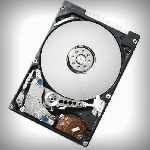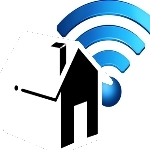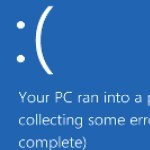
By Rich Robinson for Windows Guides
Using Check Disk to Maintain Your Hard Drive
If there’s a piece of equipment that works hard in your PC, it’s your hard disk drive (HDD.) HDDs operate at anywhere between 4200 and 15000 RPM (perhaps higher) while in use. In other words, these things spin anywhere between 70 and 250 times a second—sometimes for days on end! While the information in this guide mostly applies to both HDDs and Solid State Drives (SSD), SSDs have no moving parts so some of the information will not apply.
With high speeds and enormous data transfers on a daily basis hard drive file systems, used to store and access all your data, are prone to corruption and failure. Thankfully, all versions of Windows come with a nifty, free tool called “Check Disk” (chkdsk.) In this guide, we’ll show you how to use Check Disk and explain a little about common errors to which hard drives are prone.
How Do Hard Drives Get Corrupted?
All storage media is prone to corruption; however HDDs are a little more exposed as they have moving parts. Included in these moving parts are read/write heads that, when jolted mid read/write (i.e. when you put your laptop down on a table) can crash into the hard disk platters and ruin data. Technically, a jolted head can wipe out a whole HDD if it hits the right area and I’ve seen this happen with a coworker’s laptop. Presumably, that won’t happen to you if you’re careful; however, you may have already lost/scrambled data without realizing it.
Even you’re careful with your PC (or it’s a desktop and you don’t move it while it’s powered on), there are other ways to corrupt data. Common ways in which data is corrupted include: power surges, malware, turning your PC off without a clean shut down (Windows may label your drive as a “dirty” disk), and even flipped bits resulting from non-ECC protected memory. These corruption issues affect both HDD and SSD users. Often, HDDs will take care of bad sectors with self-detection mechanisms; however, corrupted file systems are dealt with using chkdsk.
What Does chkdsk Do?
chkdsk scans your hard drive, identifies problems, and attempts to fix these problems. Specifically, chkdsk:
Searches for invalid file names and dates
Identifies and attempts to fix bad compression structures, sectors, and invalid clusters
Finds lost clusters (orphaned) and fixes cross-linked clusters
Fixes file-system cycles (e.g. folders referring to themselves as their parent folder)
Marks unrecoverable sectors as bad so they cannot be used again to store (and lose) data
What is a Sector? What is a Cluster?
Hard disks are made up of millions of tiny storage areas referred to as sectors; these sectors are a physical section of a hard disk platter in which data (usually up to 512 bytes) is stored. As hard drives increase in size, addressing so many sectors (a 1TB drive has up to approximately 2,147,483,648 sectors) becomes difficult. Thus, sectors are grouped, by Windows, into clusters. A cluster size is determined by the size of your hard disk partition.
This excerpt appears with the permission of Windows Guides.




